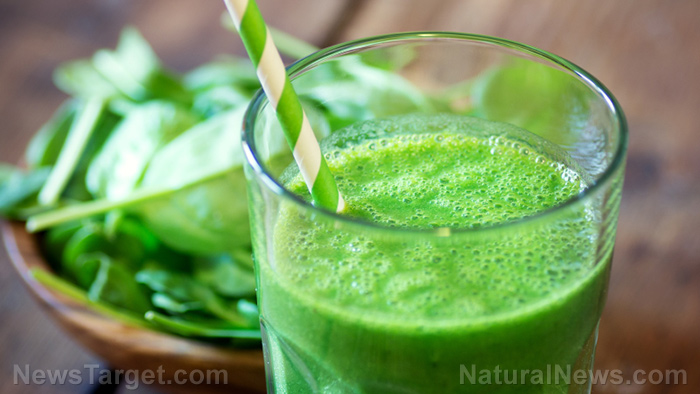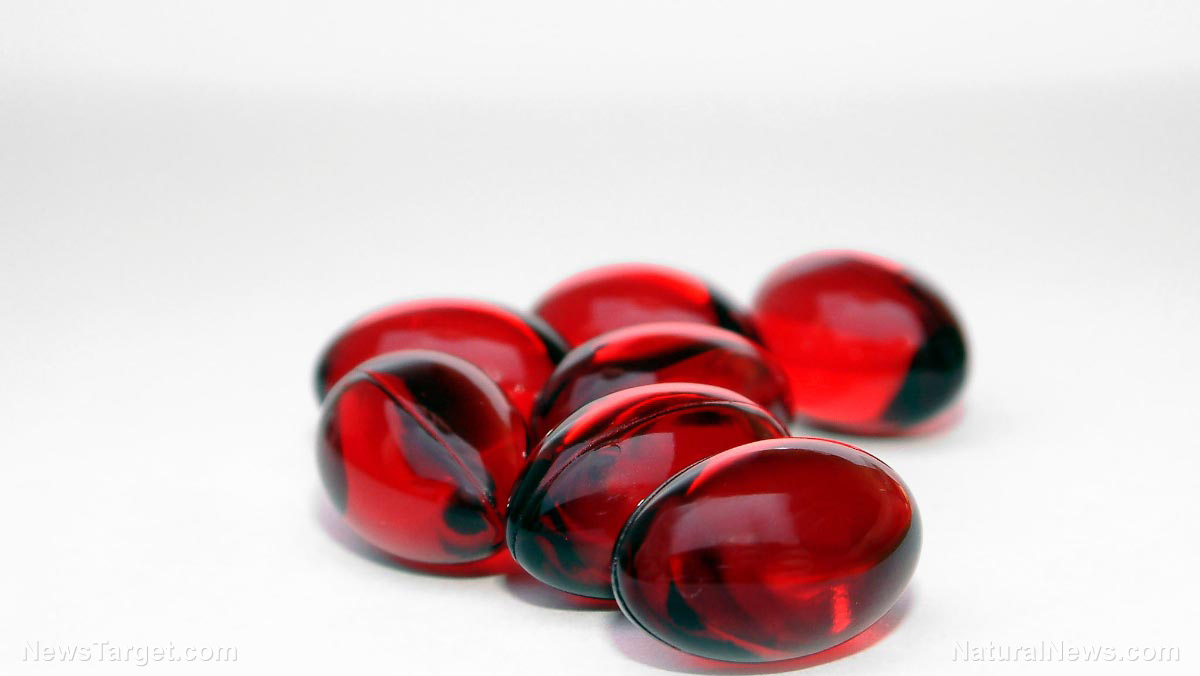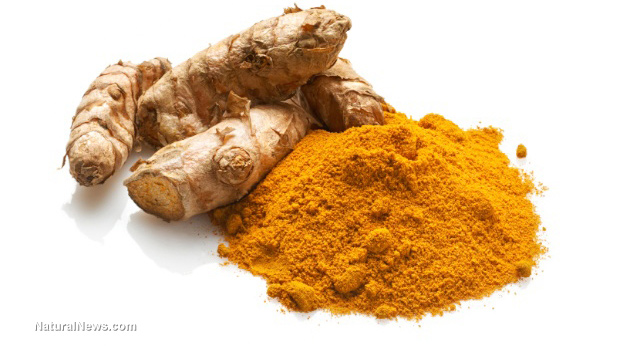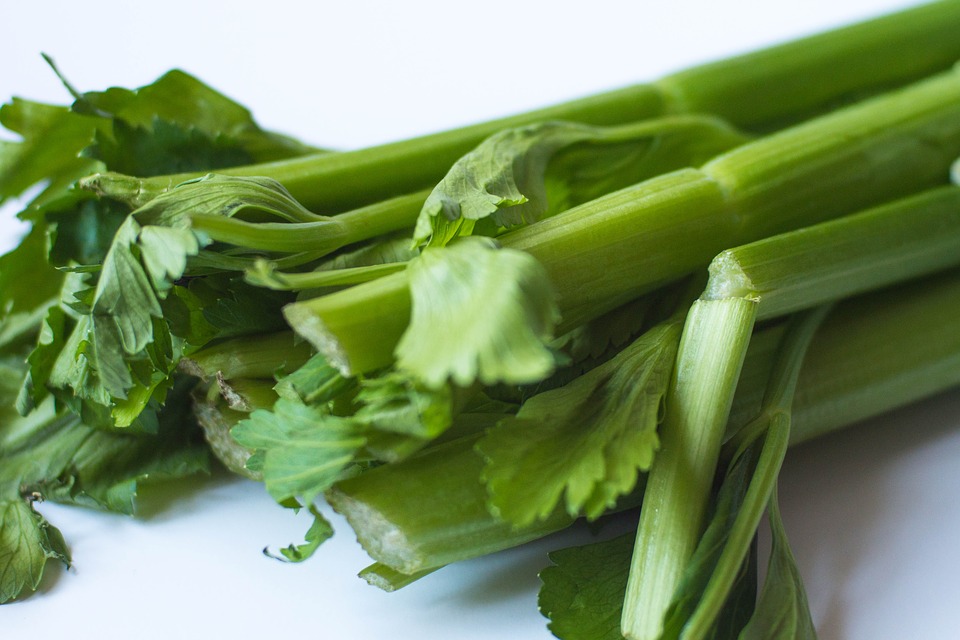What’s in a name? Learning the difference between black tea and green tea
03/10/2019 / By Zoey Sky

Tea is more than an alternative drink for people who don’t like drinking coffee. According to research, both black and green tea offers various health benefits.
Facts about black and green tea
Both black and green tea are made from the tea plant (Camellia sinensis), but the former is fermented while the latter is not.
When making black tea, the tea leaves are first rolled then exposed to the air to start the fermentation process. During the fermentation process, many of the natural benefits of black tea are either diminished or inactivated.
After they are fermented, black tea leaves turn dark brown. The fermentation process also intensifies the flavor of black tea, which has a sweet aroma.
On the other hand, green tea leaves are either pan-fried or steamed to prevent fermentation. This gives green tea a much lighter color compared to black tea. Green tea produces a drink that is mild, pale green or lemon-yellow in color.
While both black tea and green tea contain caffeine, the latter has less of it. Black tea’s caffeine content is about 14 to 61 milligrams (mg) per cup, while green tea has around 24 to 40 mg per cup. Experts recommend green tea over black tea since the former contains less caffeine.
On black tea
Black tea contains theaflavins, which are special polyphenols. These potent antioxidants, which are produced due to fermentation, are responsible for several of black tea’s benefits.
One study in rats examined the role of theaflavins in black tea and the risk of diabetes, elevated cholesterol, and obesity. The study results revealed that theaflavins helped reduce cholesterol and blood sugar levels in the rat models.
Other benefits of black tea include:
- Boosting mental alertness – The caffeine in black tea can help stimulate brain function.
- Promoting kidney and stomach health – Black tea is a diuretic, which means it promotes an increased production of urine that can help your kidneys flush salt and water from your body. This can also help prevent the formation of kidney stones. Additionally, black tea is used to treat stomach disorders and related symptoms like diarrhea and vomiting.
- Promoting weight loss – Drinking plain, unsweetened black tea can help you lose weight because the beverage is very low in calories and fat. Black tea’s caffeine content can also help stimulate your metabolism.
On green tea
Drinking green tea regularly can:
- Boost heart health – People who drink green tea can lower their risk of developing cardiovascular diseases by as much as 31 percent. The beverage prevents blood clotting and eases blood flow through the arteries, which can help prevent heart attacks. (Related: Does green tea really deserve its health halo? Experts say yes.)
- Boost brain function – Consuming green tea regularly can help boost your memory and overall brain function. Additionally, green tea has catechin compounds that are believed to minimize your risk of developing diseases like Alzheimer’s and Parkinson’s in old age. The drink also contains theanine, a natural chemical that has a calming effect on the mind.
- Promote weight loss – Some studies suggest that drinking at least drinking four to five cups of green tea daily can boost fat burning, or oxidation, by about 17 percent. This can help promote weight loss. Additionally, green tea helps promote feelings of fullness and suppress the primary enzymes involved in fat storage. You can also drink green tea if you wish to lose belly fat since the beverage can help melt the fat in your abdominal area. Green tea also has epigallocatechin gallate (EGCG) which can tea stimulate the metabolism and increase the rate that your body converts food into energy.
Remember that drinking too much green tea, which has caffeine, may cause negative side effects like appetite loss, convulsions, heart palpitations, insomnia, irritation, nervousness, or restlessness.
Sources include:
Tagged Under: black tea, brain function, caffeine, Camellia sinensis, diabetes, digestive health, Green tea, healing food, heart health, herbal medicine, matcha, natural cures, natural health, natural medicine, prevention, remedies, tea, theanine, weight loss



















